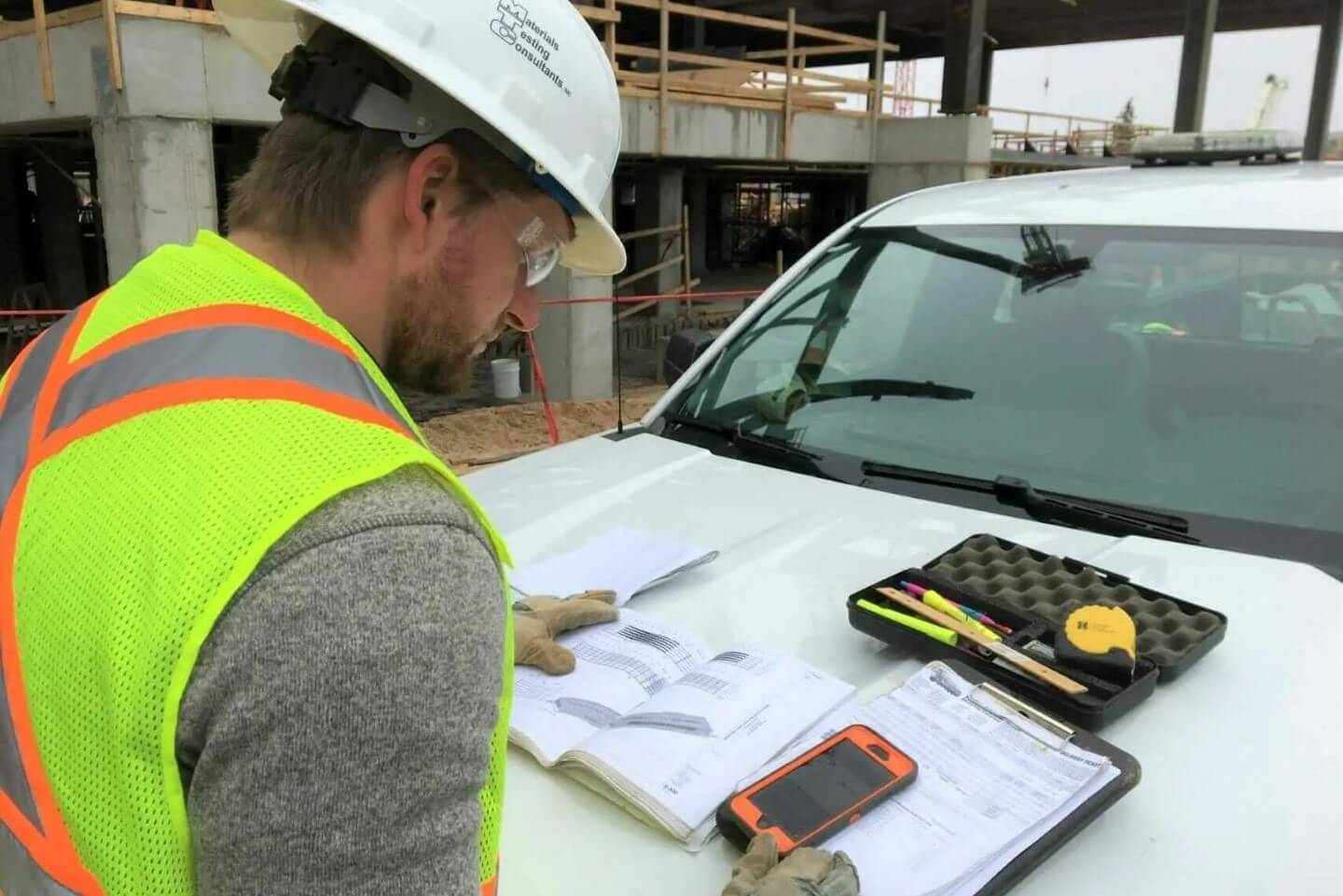Top Geotechnical Engineering Companies in South Africa: Specialized Solutions for Framework Projects
Top Geotechnical Engineering Companies in South Africa: Specialized Solutions for Framework Projects
Blog Article
Just How Consulting Civil Design Firms Contribute to Effective Project Administration and Layout Implementation
Consulting civil design firms are important to the success of construction tasks, merging technological effectiveness with critical oversight. Their duty incorporates not just the execution of feasibility studies but also the implementation of advanced task administration methodologies that streamline procedures and enhance stakeholder engagement. By concentrating on design optimization and risk mitigation, these companies guarantee that projects are not only sensible but additionally sustainable and affordable. However, the subtleties of their payments typically continue to be underexplored, triggering a closer examination of the particular strategies and practices that underpin their performance - geotechnical engineering companies in south africa.
Function of Civil Engineers
Comprehending the role of civil engineers is essential for the effective monitoring of construction jobs. Civil designers act as the foundation of framework development, making sure that projects are developed and implemented to satisfy performance, sustainability, and safety standards. Their knowledge encompasses numerous facets of design, including architectural, ecological, and geotechnical specialties.
Civil engineers are in charge of performing usefulness studies, which analyze the stability of suggested jobs by evaluating financial, technical, and ecological elements. They establish in-depth plans and specs, incorporating innovative options to maximize materials and resources. During the construction stage, civil engineers oversee the task, collaborating with stakeholders, engineers, and specialists to guarantee adherence to create specs and regulative requirements.

Project Preparation Strategies
Effective task planning approaches are vital for making certain that construction projects are implemented efficiently and efficiently. Consulting civil engineering firms play a crucial duty in this process by using comprehensive planning methods that resolve numerous project stages. At first, a complete analysis of task scope and customer needs is conducted, permitting the recognition of crucial landmarks and deliverables.
Additionally, these companies make use of devices such as Gantt graphes and task monitoring software to produce comprehensive timelines, allowing reliable scheduling of tasks and resource allowance. This structured strategy assists to anticipate prospective bottlenecks and assign essential resources proactively. Risk management is an additional crucial element; companies conduct risk analyses to recognize possible problems that might emerge throughout the task's lifecycle, executing mitigation techniques to minimize interruptions.
Furthermore, stakeholder interaction is highlighted throughout the preparation phase. Routine communication with customers, service providers, and local authorities makes certain that all events are aligned with project goals and timelines. By integrating these approaches, seeking advice from civil engineering firms boost the possibility of task success, making sure adherence to spending plan restrictions and regulative needs while promoting a collaborative setting.
Layout Optimization Techniques
Layout optimization techniques are crucial for improving the performance and sustainability of civil design projects. These techniques entail the methodical evaluation of design criteria to accomplish the very best feasible end results while lessening costs my link and source use. By utilizing innovative computational tools and algorithms, engineers can analyze numerous design alternatives and select one of the most effective options based upon specific project criteria.
One widely used technique is parametric design, which enables the manipulation of layout variables to observe their effect on total job efficiency. This repetitive process results in ingenious solutions that not just meet practical needs but additionally follow ecological criteria. Additionally, methods such as value engineering emphasis on optimizing task elements to optimize worth while reducing unnecessary costs.
Additionally, the combination of Structure Information Modeling (BIM) promotes much better cooperation amongst stakeholders, allowing real-time changes and improvements to styles. This holistic view cultivates a detailed understanding of the job, causing educated decision-making. Inevitably, efficient style optimization techniques lead to boosted project timelines, reduced waste, and enhanced structural performance, contributing to the total success of civil engineering ventures.
Danger Administration Techniques
Danger monitoring techniques are vital in ensuring the effective distribution of civil design tasks, as they assist determine, examine, and minimize potential hazards that might impact task outcomes. Effective risk monitoring is a systematic procedure that entails the recognition of risks, evaluation of their likelihood and effect, and the growth of strategies to address them.
Consulting civil design firms commonly web link employ a combination of measurable and qualitative danger assessment techniques (geotechnical engineering companies in south africa). Qualitative techniques, such as conceptualizing sessions and expert interviews, assistance gather insights on potential threats from different stakeholders. Alternatively, quantitative techniques involve statistical analysis and modeling to establish the possibility and prospective influence of identified dangers
Once risks are analyzed, firms apply reduction approaches, which might include danger avoidance, approval, decrease, or transfer. This might entail revamping project components to eliminate threats or safeguarding insurance to counter possible economic losses. Continuous monitoring and evaluation of threats throughout the project lifecycle are additionally necessary, allowing for prompt adjustments to risk administration methods as brand-new dangers emerge.
Collaborative Communication Practices
Enhancing project outcomes via joint communication techniques is important for speaking with civil design firms. Efficient communication promotes a society of openness and depend on amongst stakeholders, which is necessary for the successful execution of design projects. By applying structured interaction channels, companies can guarantee that all parties-- customers, specialists, and staff member-- are straightened on job goals, timelines, and deliverables.
Routine conferences, both informal and formal, assist in the exchange of ideas and feedback, enabling real-time analytic and decision-making. Utilizing collaborative devices such as job management software encourages documentation and tracking of progress, while allowing instantaneous accessibility to important details.
In addition, energetic listening and open dialogue are important elements in a joint setting. By valuing varied perspectives, firms can innovate and adapt styles that satisfy both technological requirements and customer expectations. Additionally, cultivating a team-oriented environment lessens misunderstandings and raises the overall quality of work.

Verdict
In verdict, getting in touch with civil design firms are indispensable to effective job administration and style implementation. Ultimately, the knowledge and techniques used by getting in touch with civil designers considerably add to accomplishing project goals while optimizing and lessening costs source usage.

In final thought, seeking advice from civil design companies are essential to successful project management and layout execution.
Report this page